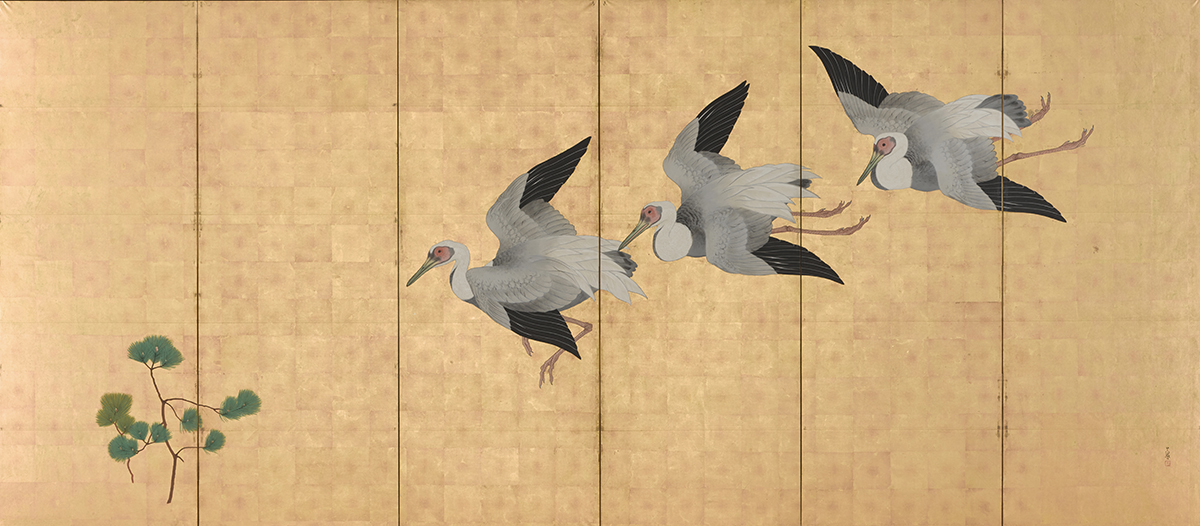Resurgent interest in Edo Period (1603-1868) painting since the 1980s has usually focused on eccentric painters who bucked the orthodoxy, such as Jakuchu, Shohaku and Rosetsu. These painters tended to have had either no successors to carry on their styles, or none of note, and so the celebration of idiosyncrasy has tended to obscure the achievements of contemporaneous painters producing something more lasting. "Road to Shijo School: Focus on Go Shun and Related Painters" at the Otani Memorial Art Museum, Nishinomiya City, is a welcome reparative.
Matsumura Goshun, also known as Gekkei (1752-1811), was born into a well-to-do Kyoto family headed by Matsumura Kazaemon, a senior supervisor in the Kyoto mint. Studying first with Onishi Suigetsu (active in the mid-late 18th century) and then with the eminent Yosa Buson (1716-84) from 1772, he learned from the latter the indigenized forms of Chinese literati painting (bunjinga, also known as southern painting or nanga) and haiku. Thereafter Goshun produced Buson-type literati landscapes, like "Rainforest, Mountain Village, Continuous Sail" (1780), and brushed haiga paintings combining verse, such as "Izu no Mishima" (c. 1772-81).
Losing his wife and father in 1781, Goshun left Kyoto for Ikeda in Settsu, Osaka, where he lived above the branch store of a Kyoto kimono purveyor. As if beginning his life anew, he took both the artist's name Goshun in 1782 and the tonsure. He still produced Buson-esque literati landscapes, such as the Important Cultural Property "Egrets, Willows and Birds" (c. 1782-87), but he also created much more sensuous atmospheric effects, as can be seen in "Walking Through Winter Woods" (c. 1782-87).



